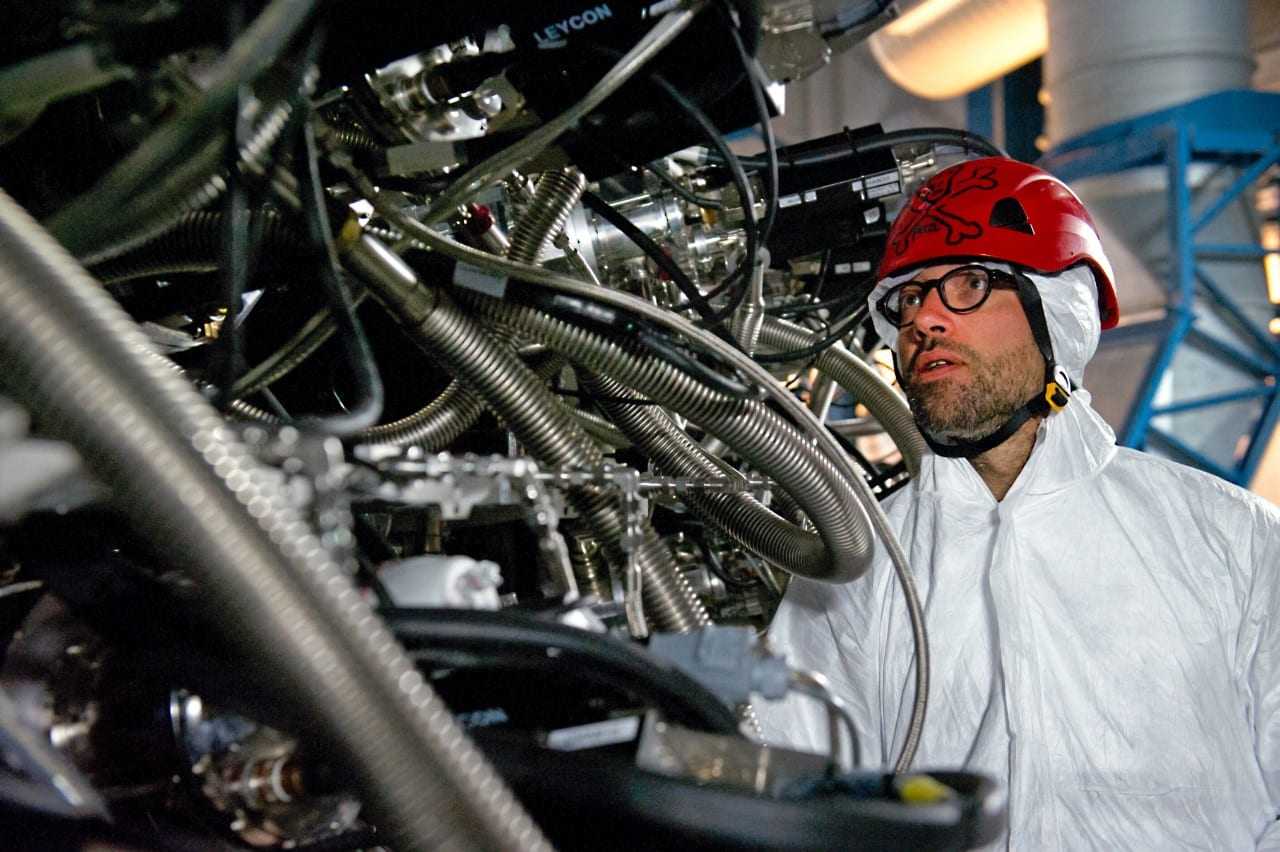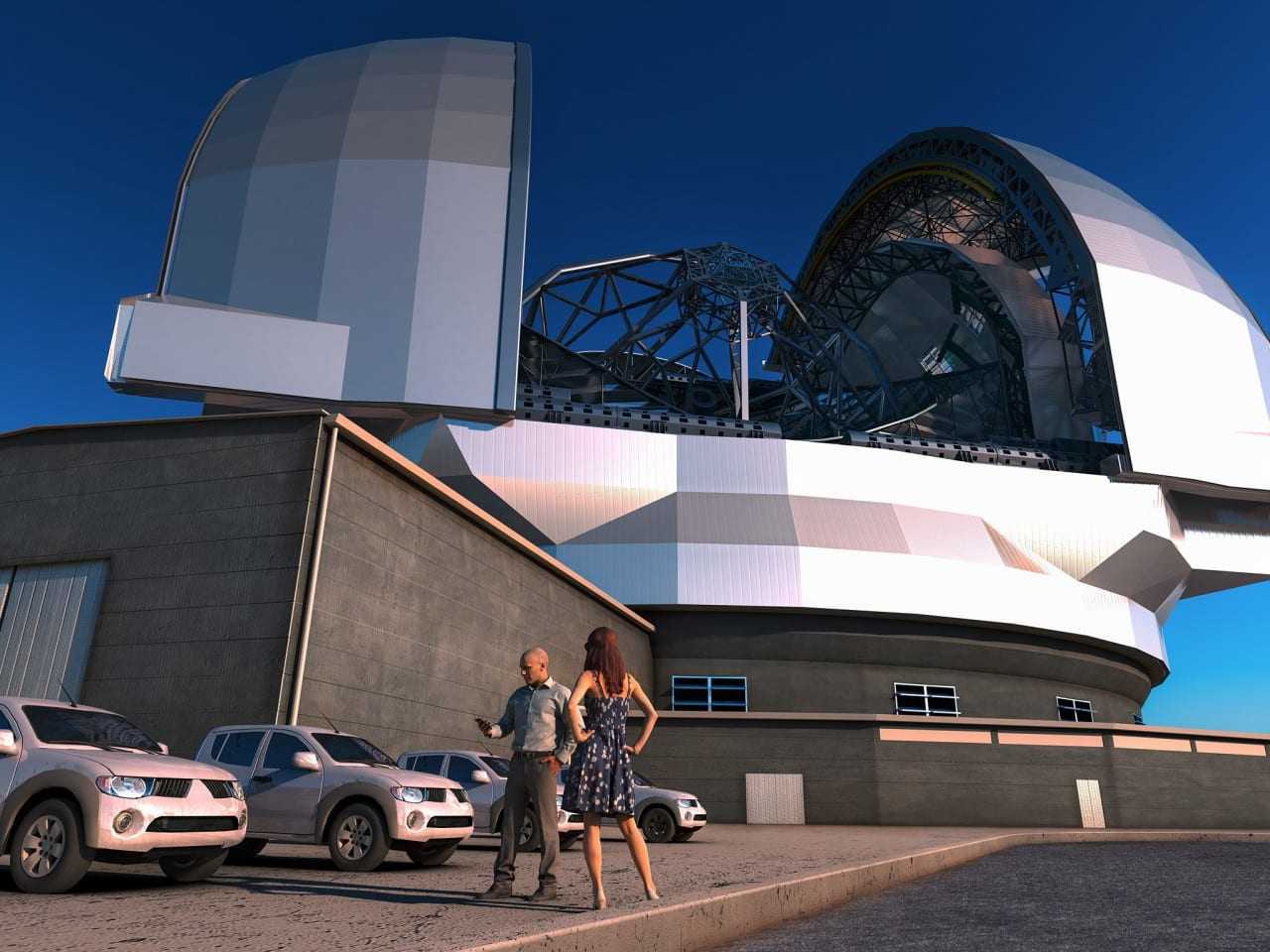Ξεκινάει η δημιουργία του. Είναι το μεγαλύτερο project που έχει ξεκινήσει για την παρατήρηση του Σύμπαντος στην ιστορία του Ανθρώπου. Η Ευρώπη λοιπόν στα καλύτερα της ετοιμάζει με γοργούς ρυθμούς ένα απίστευτο τηλεσκόπιο που θα τοποθετηθεί στη μακρινή Χιλή και μάλιστα στη μέση της ερήμου Atacama. Σε ένα σημείο που μοιάζει να είναι σε άλλον πλανήτη, εκεί όπου δεν έχει βρέξει ποτέ μέσα στην καταγεγραμένη ιστορία! Δείτε το τεχνολογικό εργαλείο που θα μας δώσει εικόνες και πληροφορίες για το Σύμπαν που ποτέ δεν είχαμε δει ξανά.

Σε μια γιγαντιαία κατασκευή, το European Extremely Large Telescope (E-ELT) έχει ‘διάφραγμα’ 39 μέτρα και θα είναι το διαμάντι του Cerro Armazones, σε απόσταση μάλιστα μόλις 20 χιλιομέτρων από το άλλο καμάρι της ESO, το Very Large Telescope στην τοποθεσία Cerro Paranal.

An engineer tests the complex wiring which makes up thew new instrument, MUSE – Multi Unit Spectroscopic Explorer. MUSE is a second generation instrument in development for the Very Large Telescope (VLT) of the European Southern Observatory (ESO). It is a panoramic integral-field spectrograph operating in the visible wavelength range. It combines a wide field of view with the improved spatial resolution provided by adaptive optics and covers a large simultaneous spectral range. MUSE couples the discovery potential of an imaging device to the measuring capabilities of a spectrograph, while taking advantage of the increased spatial resolution provided by adaptive optics. This makes it a unique and powerful tool for discovering objects that cannot be found in imaging surveys.
Related posts
Categories
- android World
- cinemart / music / video
- comicmania / books
- computing / social media
- consumer electronics
- design / architecture
- ecotech / electric
- exhibitions
- faq / Infographics
- futuristas / iDea
- gadgetfreak taste
- gadgets / stuff
- gaming / fun
- iOS World
- legends / special
- men's world
- military / aviation
- mobile / smartphones
- space talk
- tablets / multimedia
- tech talk / science
- transport / concept



